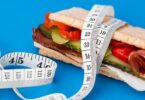Are You Struggling with Portion Control Without Going Hungry
Have You Wanted to Lose Weight, But Fear Feeling Constantly Hungry Many people struggle with portion control because they believe it requires starvation or giving up foods they enjoy, but that is simply not true; portion control doesn’t have to mean starving yourself, instead it just requires knowledge of some simple yet effective strategies which will help you eat enough to meet your body and goals without feeling hungry all of the time.
In this article we will show how to control your portions without going hungry!
What Is Portion Control?
Portion control is the practice of altering your food intake to meet specific health goals, such as losing weight or maintaining a healthy weight, managing blood sugar levels or lowering cholesterol. With proper portion control in place, weight loss or maintenance are often achieved more successfully and cholesterol levels may also decrease over time.
Promote overall well-being
Portion control does not equate to eating tiny portions or forgoing meals altogether – rather it means eating enough to satisfy both nutritional requirements and appetite without going beyond that point. And portion control doesn’t mean giving up favorite foods entirely, simply moderation will do.
Here are a few effective and straightforward strategies for portion control without going hungry:
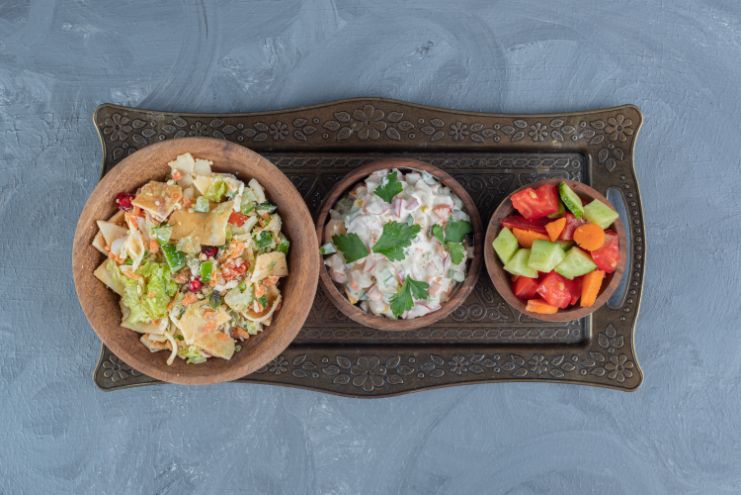
1. Switch to Smaller Plates and Bowls
To simplify portion control for weight loss, the easiest and simplest solution is using smaller dishes. This creates the optical illusion that makes food appear larger and fillier. Studies have demonstrated this can make people consume less food overall and feel more satisfied after meals are complete.
Use special portion control bowls with markings or divisions to help measure out an appropriate portion for every meal. For instance, select one with sections dedicated to proteins, vegetables and carbohydrates and fill each one accordingly.
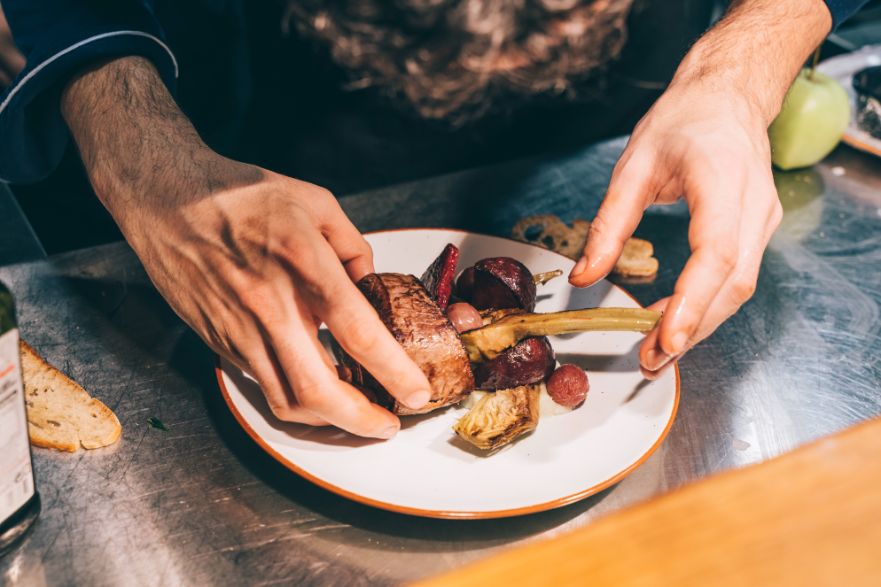
2. Your Hands as a Serving Guide
One easy and quick way to measure portion sizes without tools is using your hands as a measuring guide. Your body-proportioned hands can help estimate how much food is necessary. A general guideline for each meal could include:
- One palm-sized serving of protein such as meat, fish, eggs, tofu or beans would suffice, along with two fist-sized servings of vegetables such as broccoli, spinach, carrots or tomatoes in salad or as an entree in sandwiches; three fist-sized servings of vegetables/salad; and three cupped-hand sized servings of carbohydrates like grains potatoes fruit bread, etc
- One thumb-sized serving of fats such as oils, butter, nuts, seeds or cheese.
Adjust these portions based on your activity level, goals and preferences. For instance, if you want to gain muscle quickly or are active at work and seeking weight loss, more protein and carbohydrates may be required while less active individuals aiming for weight loss may require fewer carbohydrates and fats.

3. Drink Water before and during Meals
Water can help you feel full and reduce appetite, while helping digest your food and stay hydrated. Studies have demonstrated that drinking water before a meal can make you consume fewer calories while simultaneously feeling more satisfied; drinking it during your meal will slow down eating pace to avoid overeating.
Strive to drink at least eight glasses of water daily and try to steer clear of sugary drinks that add excess calories and cause you to crave food more frequently.

4. Begin Your Meal With Vegetable Soup or Salad
A great way to consume less calories when starting a meal is starting off with vegetable soup or salad. Vegetables contain high concentrations of fiber and water that will leave you feeling full while providing essential vitamins, minerals, antioxidants and phytochemicals that benefit health.
Choose a low-cal broth-based soup or salad featuring leafy greens and other colorful veggies, rather than creamy options with high-fat dressings or toppings that may add calories and fat.
5. Practice Mindful Eating
Mindful eating involves paying close attention to how food affects you physically and emotionally. Doing this can help increase enjoyment, recognize hunger and fullness cues more accurately, reduce emotional eating episodes and lessen overeating. For best results when practicing mindful eating: Here are a few strategies:
- Disconnect from distractions such as television, phone calls, or computers when eating
- Sit at a table using appropriate utensils and plates
- Take small bites while chewing thoroughly
- Savor all the flavors, textures, aromas, and colors present in your food
- Put down your fork between bites and sip water
- Pause midway through your meal to assess your hunger level
- Stop eating when you feel comfortably full (but not stuffed!)

6. Spice Up Your Meals
Incorporating spices and herbs into your meals is a great way to elevate its flavor without adding unnecessary calories or salt. Not only do spices and herbs enhance taste buds and promote more satisfying meal portions with lesser portions, they may also have health benefits like anti-inflammatory, antioxidant or appetite-suppressing effects that you could benefit from!
Discover and experiment with various spices and herbs such as cinnamon, ginger, turmeric, cumin, oregano basil mint rosemary thyme among many more!
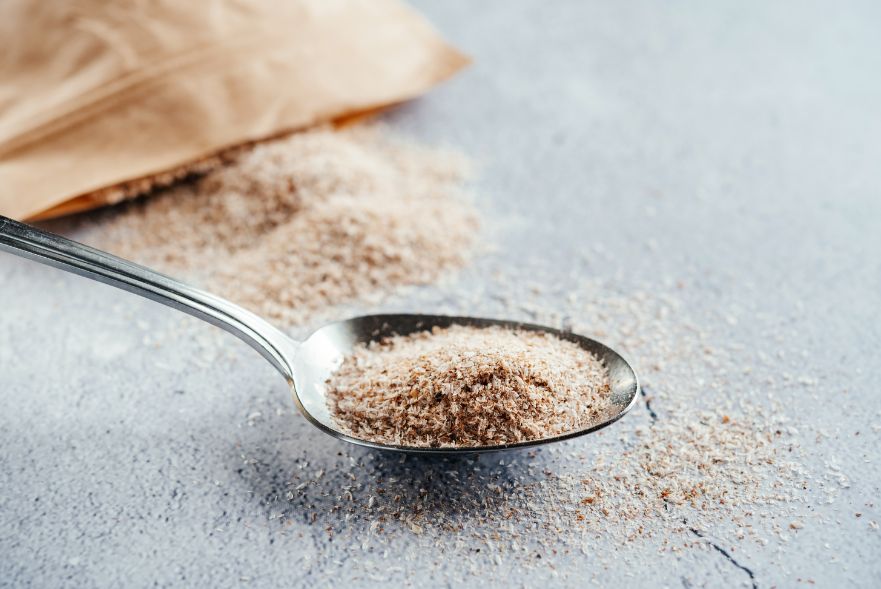
7. Consume More Soluble Fiber
Soluble fiber when mixed with water it forms a gel-like substance in your stomach and helps you feel satiated for longer by delaying the emptying of your stomach and absorption of glucose. Soluble fiber may also lower cholesterol levels and improve blood sugar control.
Oats, barley, legumes, fruits, vegetables, nuts and seeds are among the many good sources of soluble fiber.
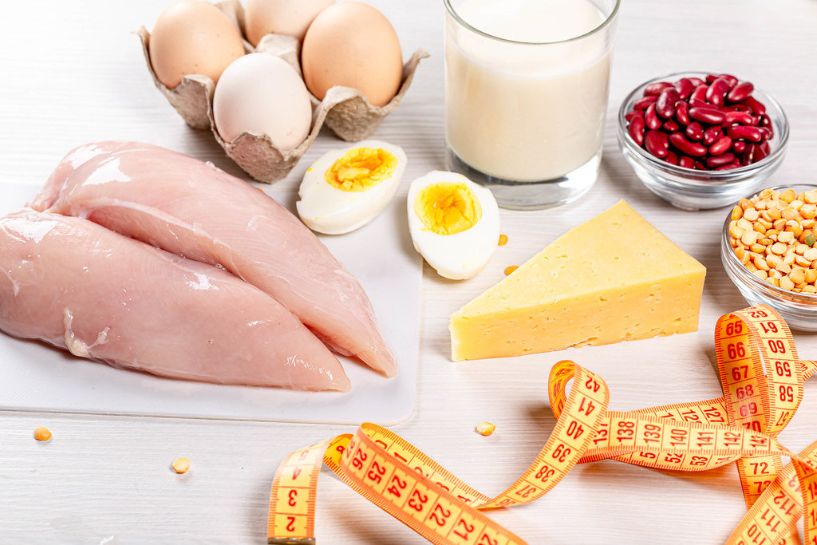
8. Include Protein with Every Meal and Snack
Protein is an essential nutrient, helping you build and maintain muscle, repair tissues, produce hormones and enzymes, feel full and satisfied due to increased production of hunger reducing hormones, boost metabolism and help burn more calories than before.
Make an effort to consume at least 0.8 grams of protein per kilogram of body weight each day and include at least one source with each meal and snack, such as meat, poultry, fish eggs dairy tofu tempeh quinoa bars or shakes as examples of high protein foods.

9. Snack Smartly
Snacking can be a healthy habit if done in moderation with healthy foods and portions. Snacking can help curb cravings, help control your blood sugar levels, provide energy and nutrients throughout the day and prevent overeating; but excessive or frequent snacking could lead to overeating and weight gain if high-calorie, low-nutrient snacks are chosen or consumed mindlessly or repeatedly. To snack wisely follow these tips:
- Plan out and prepare portion control snacks ahead of time by pre-portioning them out, such as an apple with peanut butter, banana and almonds or protein bars
- Aim for balance when selecting snack options such as apples with peanut butter, banana and almonds or protein bars
- Avoid foods high in sugar, salt or fat such as cookies, chips, candy or soda
- Limit snacks to one or two per day when truly hungry rather than bored or stressed
- To help stay hydrated and avoid overeating: Drink plenty of water prior and after snacking
Planning meals ahead can help to manage portions by helping you calculate how much food is necessary and prevent unnecessary wastage or overeating.
10. Planning meals in advance helps to control portions.
By planning ahead, you can choose healthy and nutritionally-balanced foods to suit both your nutritional needs and personal tastes.
- Shop for ingredients you need and avoid purchasing unnecessary or unhealthy items
- Prepare meals according to portion control and store them in containers or freezer bags
- Label meals with their date and serving size for easy identification
- Schedule and adjust meals based on your daily activities and hunger level; then reheat them when ready and enjoy eating without interruptions or distractions
Planning meals ahead can save time, money and calories while simultaneously decreasing food waste and environmental impact. Planning your meals in advance can also be an enjoyable creative activity that improves both your cooking skills and health. Use online tools, apps or cookbooks to find recipes, tips, or ideas to plan ahead for healthy eating habits and share the meals you create with loved ones, and remember planning is a great way to control portions without going hungry!
Summary
Precise Portion Control is an essential strategy for controlling calories and managing weight, but doesn’t have to mean depriving yourself. By following these tips you can manage portions without feeling hungry while enjoying a nutritious and fulfilling diet.



